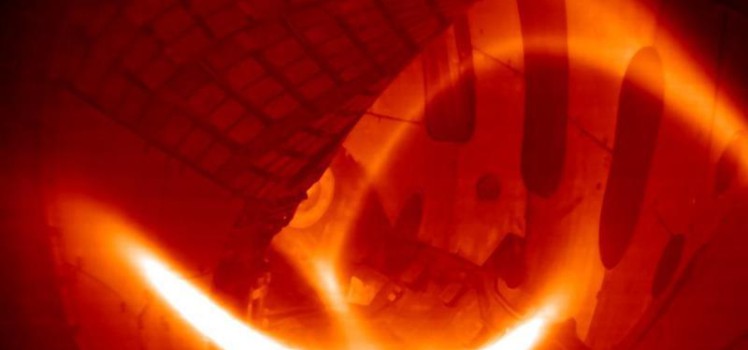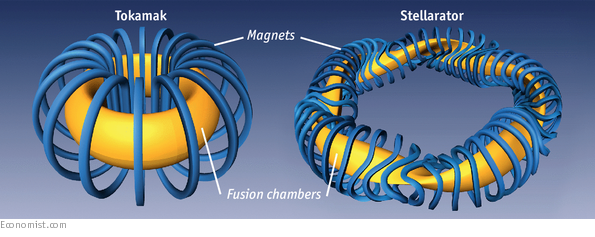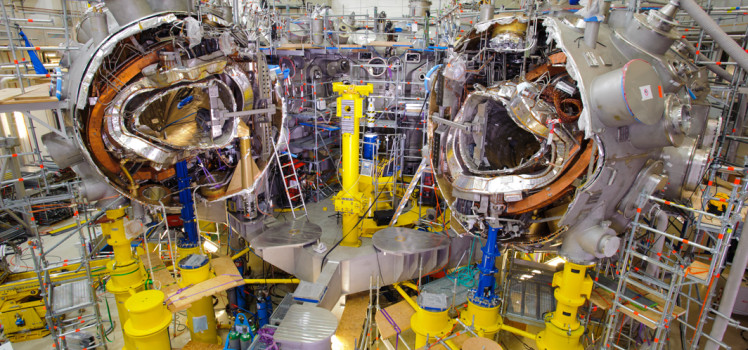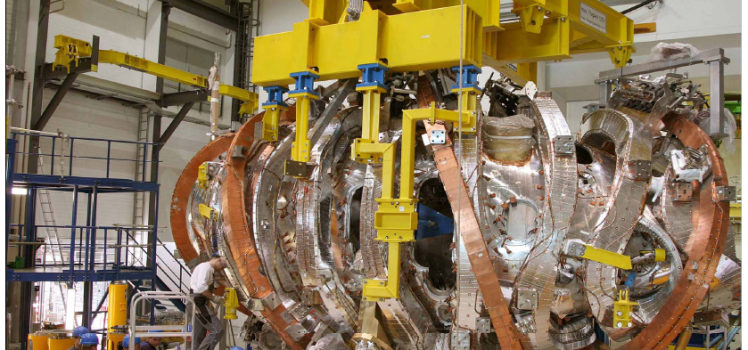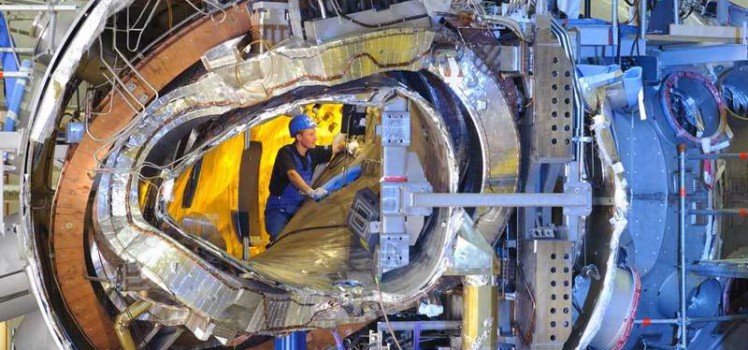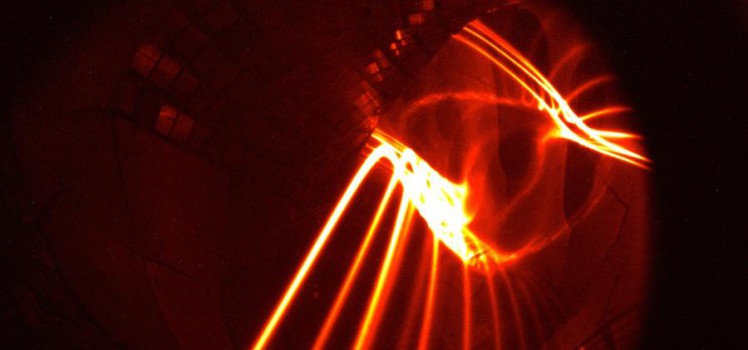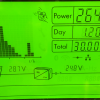Stellerator
Innovation
Five frogs sitting on a log, four decide to jump in, how many are left?
The answer? Five! … because deciding and doing are two very different things…
The Wendelstein 7-X fusion device at Max Planck Institute for Plasma Physics (IPP) in Greifswald produced its first hydrogen plasma on 3 February 2016. This marks the start of scientific operation. Wendelstein 7-X, the world’s largest fusion device of the stellarator type, is to investigate this configuration’s suitability for use in a power plant.
Angela Merkel, the Chancellor, who is also a doctor of physics, attended the opening ceremony this week.
A 2-megawatt pulse of microwave heating transformed a tiny quantity of hydrogen gas into an extremely hot low-density hydrogen plasma. This entails separation of the electrons from the nuclei of the hydrogen atoms. Confined in the magnetic cage generated by Wendelstein 7-X, the charged particles levitate without making contact with the walls of the plasma chamber.
“With a temperature of 80 million degrees and a lifetime of a quarter of a second, the device’s first hydrogen plasma has completely lived up to our expectations”,
states Dr. Hans-Stephan Bosch, whose division is responsible for operation of Wendelstein 7-X.
The Guardian reports:
While critics have said the pursuit of nuclear fusion is a waste of money that could be better spent on other projects, Germany has forged ahead in funding the project, which in the past 20 years has cost €1.06bn if staff salaries are included.
Over the coming years, W7-X, which isn’t designed to produce any energy itself, will test many of the extreme conditions such devices will be subjected to if they are ever to generate power, said John Jelonnek, a physicist at the Karlsruhe Institute of Technology, Germany.


